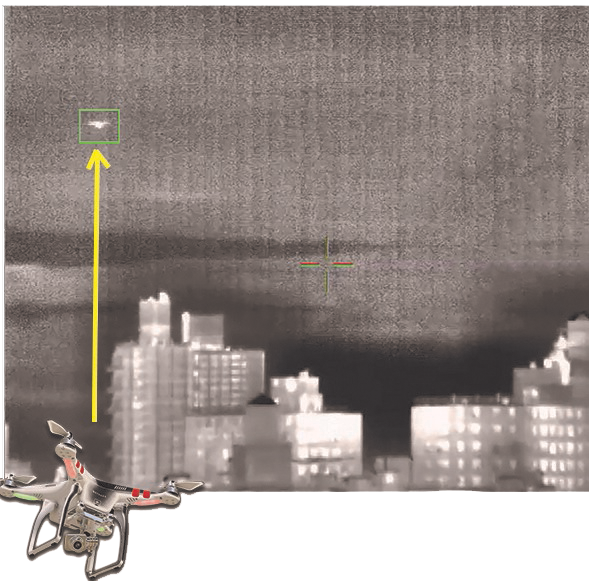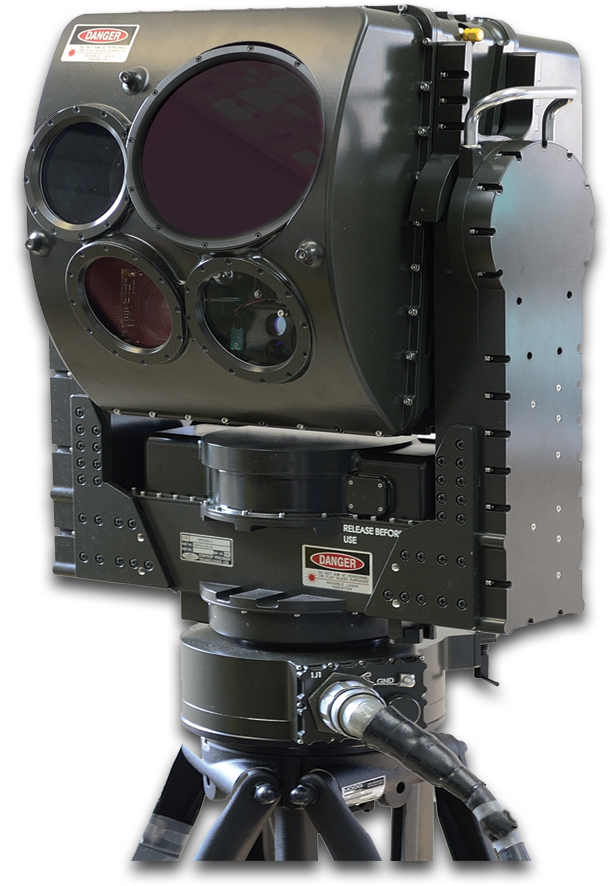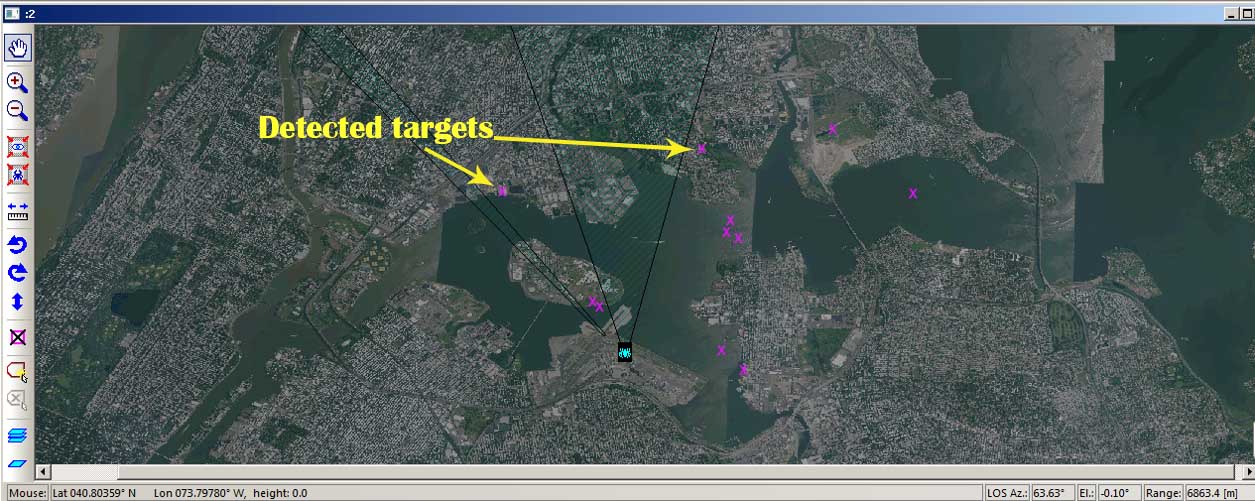Dragonfly
Automated UAV/Drone Detection System



Pharovision’s Dragonfly UAV and drone detection system is based on hardware and algorithms that have been proven in operational use in both military and civilian applications, including both aerial and ground-based observations. The original hardware and algorithms were initially developed more than 20 years ago to detect incoming gliders, rockets, and small aircraft coming over the Israeli national boarders from neighboring countries. Modified hardware and complementary software enhancements have allowed Pharovision to accurately auto-detect and identify small drones to assist in the assessment of potential threats within a 4-5nm radius of any location.
System Features
Geographic Identification | Detection of both drone and user are overlaid on aerial maps.
Invisible Laser Designator | Laser designator directs security personnel to drone operator both day and night.
All UAV's Detected | All UAV types detected and tracked - independent of manufacturer.
Long-range Detection | Long-range detection of drones for even the smallest of targets.
Disabling Capability | Available as an option.
Dragonfly's RF add-on detection system is an added layer of precision passive detection that provides accurate drone detection & localization with very low false alarm rate. Dragonfly's RF add-on is a passive (non-transmitting) RF-based, multi-layer drone protection suite against drones composed of complementary independent systems in addition to the IR automated scanning payload:
Ground-based Hostile Drone Localization & Detection system.
Drone-based System that Localizes the Drone’s Operator.
Ground-based system for extraction of Drone's transmission content.
Ground-based system that neutralizes any Hostile Drone.
RF System Main Advantages
Passive detection & localization | Non-transmitting, designed for transmission sensitive environments such as airports, public & sporting events, urban areas, etc.
Long detection ranges | Detection up to several kilometers.
Ability to operate under NLOS (Near Line-of-Sight) condition | Does not necessarily require LOS.
Very low false alarm rate.
High Probability of Intercept (POI).
Wide area coverage using only a small number of sensors.
Inherent 360⁰ coverage.

